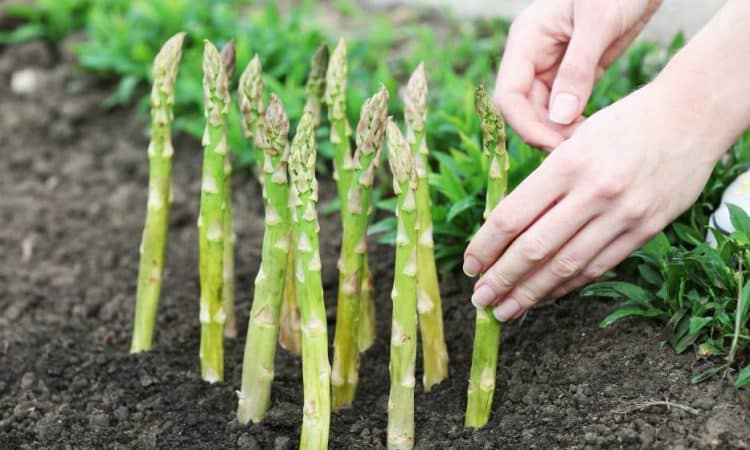
Spring is the perfect time to start your vegetable garden, as the warming weather and longer days create ideal conditions for many plants to thrive. Whether you are a seasoned gardener or a novice looking to start your first plot, choosing the right vegetables to plant in spring can set you on the path to a bountiful harvest. Here’s a guide to some of the best vegetables to plant in spring and tips on how to ensure they grow successfully.
1. Lettuce and Leafy Greens
Lettuce, spinach, and other leafy greens are among the easiest and most rewarding crops to grow in spring. They thrive in cooler temperatures and can be planted as soon as the soil is workable. For a continuous harvest, sow seeds every couple of weeks. Be sure to keep the soil moist and provide some shade as the weather warms to prevent bolting.
2. Radishes
Radishes are a quick-growing vegetable that can be ready to harvest in as little as 30 days. They prefer cooler weather and should be planted in early spring. Sow seeds directly into the soil and thin the seedlings to allow space for the roots to develop. Regular watering will help keep them tender and crisp.
3. Carrots
Carrots are another cool-weather crop that thrives when planted in spring. They prefer well-drained, sandy soil, so be sure to work your garden bed thoroughly to remove any rocks or clumps. Plant carrot seeds directly in the ground and thin them out as they grow to ensure enough room for the roots to expand.
4. Peas
Peas, whether snow, snap, or shelling, are a delicious addition to any spring garden. They prefer cool weather and can tolerate light frosts, making them ideal for early planting. Provide a trellis or support for climbing varieties to encourage upward growth and maximize your yield.
5. Beets
Beets are a versatile vegetable that can be planted in early spring. Both the roots and greens are edible, providing a dual harvest. Plant seeds directly into the soil and thin seedlings as they grow. Beets prefer slightly acidic soil and benefit from consistent watering.
6. Broccoli
Broccoli thrives in the cooler temperatures of spring and can be planted as soon as the soil can be worked. Start seeds indoors for an earlier harvest, or sow directly into the garden. Broccoli requires regular watering and benefits from a layer of mulch to retain moisture.
7. Cabbage
Cabbage is another cool-season crop that does well in spring. It can be started indoors and transplanted outside once the danger of hard frost has passed. Cabbage prefers fertile soil and consistent watering to prevent splitting.
8. Onions
Onions can be planted as seeds, sets, or transplants in spring. They require well-drained soil and plenty of sunlight. Onions are a low-maintenance crop but do require regular watering to promote bulb development.
Tips for a Successful Spring Garden
- Prepare the Soil: Before planting, ensure your soil is well-drained and enriched with compost or organic matter. This will provide your vegetables with the nutrients they need to grow strong and healthy.
- Water Consistently: While spring often brings rain, it’s important to monitor your garden’s moisture levels, especially as temperatures rise. Consistent watering helps prevent bolting and encourages steady growth.
- Use Mulch: Applying a layer of mulch around your plants helps retain moisture, suppress weeds, and regulate soil temperature.
- Rotate Crops: If you’ve planted a vegetable garden in the same spot before, rotate your crops to different areas to prevent soil depletion and reduce pest and disease issues.
By choosing the right vegetables and following these tips, you can enjoy a vibrant and productive spring garden that sets the stage for a plentiful harvest throughout the growing season. Happy gardening!

